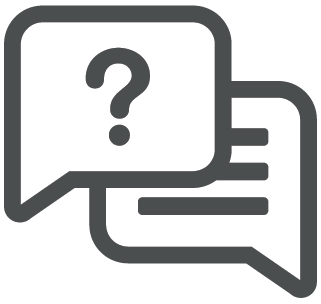Access Control Explained
Access control is a vital data security process that allows organisations to manage authorised access to their valuable corporate data and resources. This process ensures that only legitimate users are granted access and that appropriate access levels are assigned.
Strong measures are essential to safeguard sensitive information and to prevent unauthorised access, reducing the risk of data breaches and potential cyber threats.
Main Components of Access Control
Authentication
Authentication involves verifying a user’s identity, often through a combination of username, password, and other factors like biometrics.
Authorisation
Authorisation determines the actions a user is permitted to perform after authentication. It specifies access rights based on user roles and responsibilities.
Access
Once authentication and authorisation are successful, the user is granted access to the requested resource or data.
Management
Managing this involves adding, modifying, or removing user access, which can be complex in modern IT environments.
Audit
Access control audit involves monitoring user activities to ensure compliance and identify potential security breaches.
How Access Control Works
Controlling access serves both digital and physical domains.
Physical
Physical mechanisms include:
- Verifying identities through IDs and credentials.
- Using turnstiles and gates to restrict entry to authorised individuals.
- Employing biometric scans and keycards for secure building access.
Logical/Information
In digital systems, this involves:
- Using strong passwords or biometrics for computer and device login.
- Implementing multi-factor authentication (MFA) for enhanced security.
- Utilising Virtual Private Networks (VPNs) for secure remote access.
Authentication vs. Authorisation
Authentication confirms user identity, while authorisation determines their actions after authentication.
Importance of Controlling Access in Compliance
Controlling access is crucial for compliance with data privacy regulations:
- PCI DSS: Safeguards credit card data through controlled access.
- HIPAA: Protects patient health data with limited authorised access.
- SOC 2: Ensures cloud-stored customer data privacy.
- ISO 27001: Demonstrates commitment to security compliance.
Types of Controlling Access
Different access control models include:
- Attribute-based Access Control (ABAC): Access based on attributes.
- Discretionary Access Control (DAC): Owners control access.
- Mandatory Access Control (MAC): Admin-defined access based on security levels.
- Role-Based Access Control (RBAC): Access based on user roles.
Implementing Methods
Companies employ various methods for secure access:
- VPNs: Secure remote access to data and systems.
- Identity repositories: Secure storage of user info.
- Monitoring applications: Tracking and managing user activities.
- Password management tools: Reinforcing strong authentication.
- Provisioning tools: Managing user access.
- Security policy enforcement: Ensuring compliance with standards.
Enhancing Security Measures
We employ advanced technologies for data security and user safety, fortifying both digital and physical security.
Conclusion
Controlling access is pivotal in safeguarding assets from unauthorised access and potential threats. By verifying identities, assigning permissions, and monitoring activities, this establishes secure environments for digital and physical resources.
Modern methods such as VPNs and identity repositories empower proactive access management, strengthening security measures. This enhances security and compliance, creating a safer digital landscape.
Understanding access control’s components and mechanisms lays a foundation for sensitive data protection and compliance with privacy regulations.
Need some extra support?
Our friendly team of experts will help resolve your issue and answer your questions in no time!
Call us on 0333 7000 123 or Make an enquiry.


